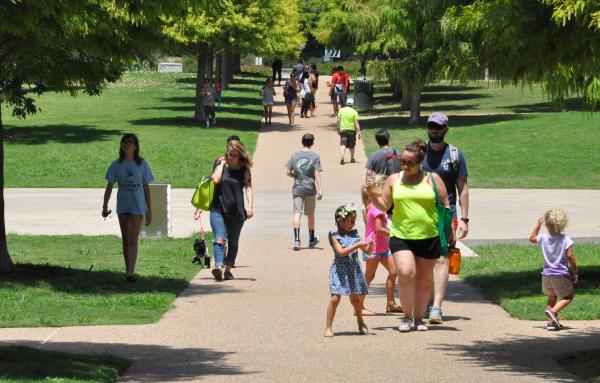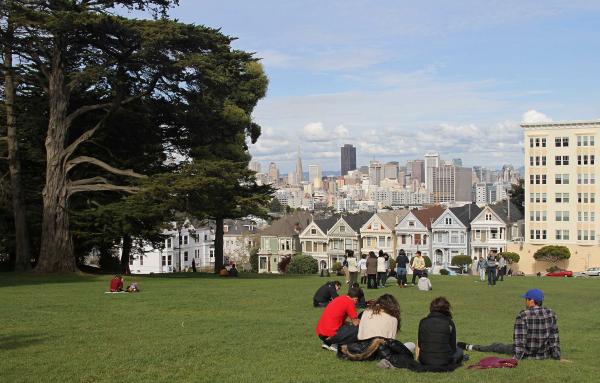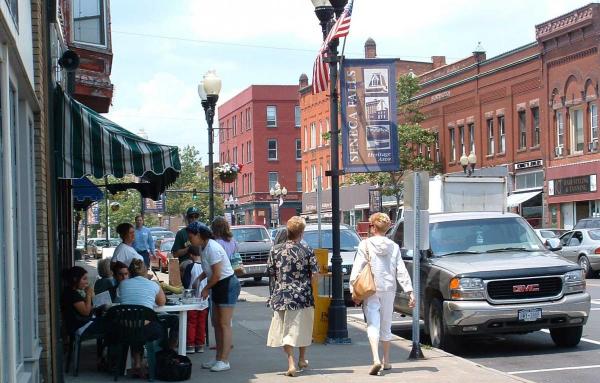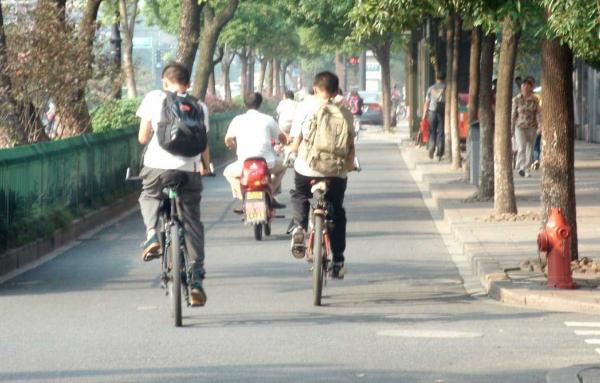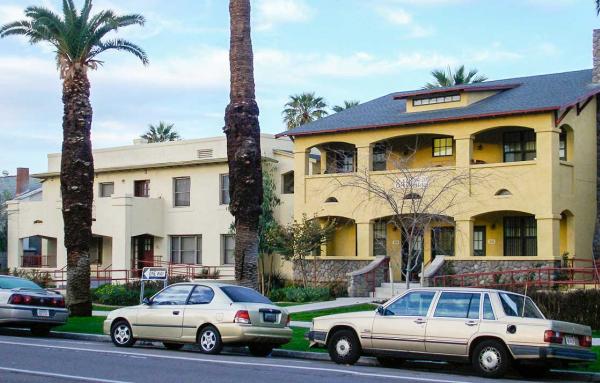Research
What do we need to know about the success, failure, and future prospects of creating walkable, diverse urbanism?
New Urbanism planning principles have been incorporated into comprehensive plans all across Texas, and this has begun to have real impacts on people and places.
Suburbs may be defined in many ways, and a focus on walkability yields robust data aimed toward making better communities and sustainable regions.
A national study shows strong demand for walkable urban development—cities with high rents perform surprisingly well on social equity measures.
A study examined nine counties across the US and reviewed other research, finding evidence that health is positively impacted by urban design that follows principles of New Urbanism.
Walking is vital to the economy, livability, and environment. Why can't we measure how many people are walking, versus driving, using data from smart phones?
Research shows that bicyclists prefer street trees, especially between the bicycle lanes and traffic.
A mathematical equation helps to explain the endless variety of cities and the cookie-cutter sameness of conventional suburbs.
Research presented at CNU focused on transportation and architecture, with an eye toward inequality, social justice, and climate resilience.
Bicycling infrastructure is a suburban retrofit strategy in Northwest Arkansas.
A new report by Todd Litman offers a vision for optimal urban growth for affordability and livability—laying down a challenge to Wendell Cox, smart growth critic and author of a widely cited report.
Studies that quantify how urban places affect human, economic, and environmental wellness are essential to building the political will for change.
